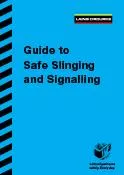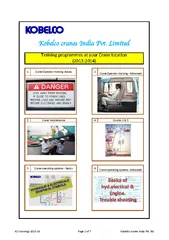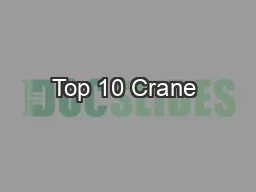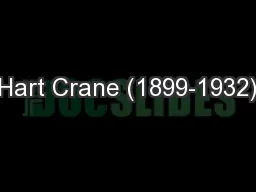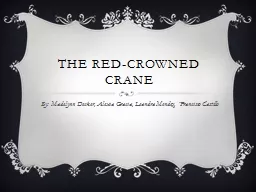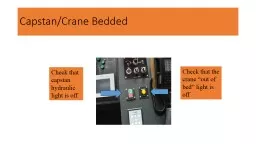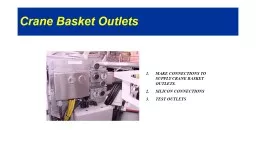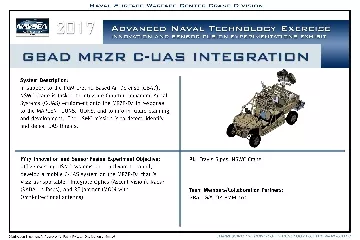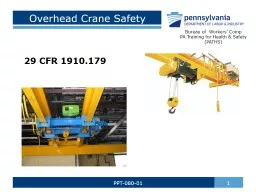PDF-Crane Co-ordinator The Crane Co-ordinator will plan the sequence of op
Author : test | Published Date : 2015-10-24
6 7 CPCS Cardoverall control of all lifting operations on siteTheir responsibilities will include The production of method statements Maintaining records of tests
Presentation Embed Code
Download Presentation
Download Presentation The PPT/PDF document "Crane Co-ordinator The Crane Co-ordinato..." is the property of its rightful owner. Permission is granted to download and print the materials on this website for personal, non-commercial use only, and to display it on your personal computer provided you do not modify the materials and that you retain all copyright notices contained in the materials. By downloading content from our website, you accept the terms of this agreement.
Crane Co-ordinator The Crane Co-ordinator will plan the sequence of op: Transcript
Download Rules Of Document
"Crane Co-ordinator The Crane Co-ordinator will plan the sequence of op"The content belongs to its owner. You may download and print it for personal use, without modification, and keep all copyright notices. By downloading, you agree to these terms.
Related Documents

